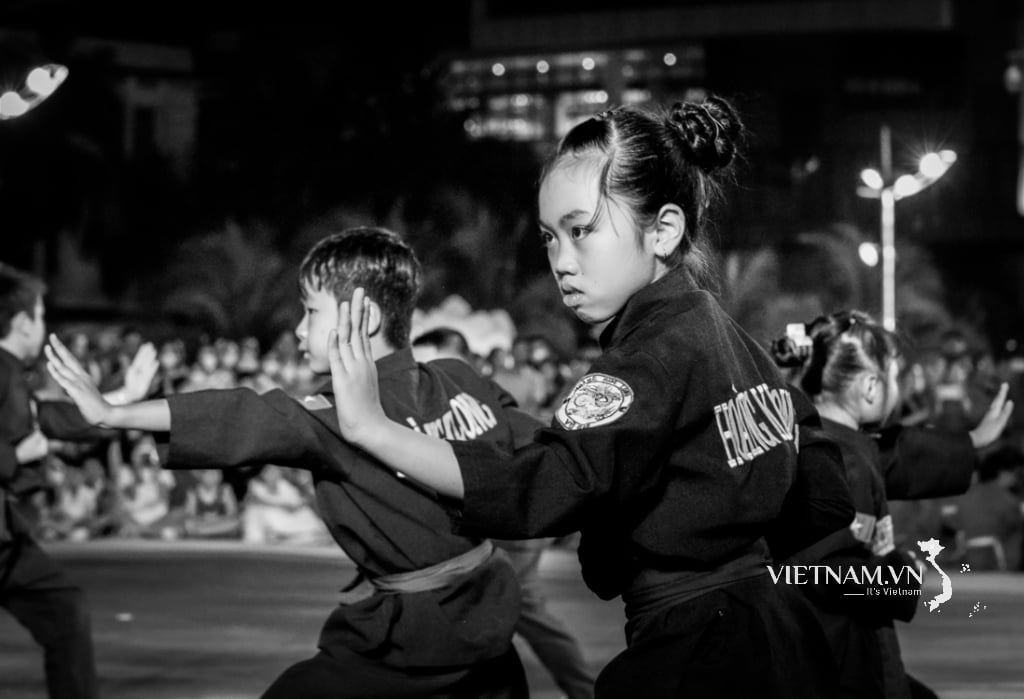Runners should wear appropriate clothing, keep warm and drink enough water to reduce the effects of cold air on the respiratory system.
Running in moderately cold temperatures does not affect the lungs of healthy people, and can sometimes improve exercise performance. However, extremely cold, dry air can cause airway obstruction by causing surrounding muscles to contract and mucus to become drier and thicker.
According to the American Council on Exercise (ACE), when running in cold weather, most respiratory problems are related to shortness of breath, especially in people with lung disease. When breathing, the nose, mouth, and throat warm the air entering the lungs, then increase it to almost body temperature. Sometimes running causes the air to not have time to warm up, entering the lungs too quickly, which can cause bronchospasm.
Some notes below help protect the respiratory system better when running in cold weather.
Keep nose and neck warm
Even healthy people can experience breathing problems when exercising outdoors in the winter. Wearing a mask helps to humidify and warm the air you breathe in more than if you were to breathe it directly from the outside. The air entering your body reaches the appropriate humidity and warmth, reducing difficulty breathing.
Wrapping a light scarf around your neck and covering your nose can also help protect you. When jogging, remove your mask to avoid difficulty breathing.
Breathe through your nose
Breathing through your nose is better than breathing through your mouth. Combining nose breathing with covering your face when outdoors will help prevent chest tightness, shortness of breath, and bronchospasm caused by colds. Run for long periods of time instead of running in short, fast bursts to reduce the amount of cold air entering your lungs too quickly, causing difficulty breathing.
Start
Unwarmed muscles exposed to cold air can easily cause joint tissue to expand, limiting movement and causing pain at the end of the day. Runners are also prone to cramps and muscle spasms if they skip stretching exercises.
In addition to stretching exercises, you can try jogging in place indoors for a few minutes. Then do some range-of-motion exercises such as high knees and butt kicks to warm up your body.
Wear appropriate clothing
Wearing layers of clothing helps keep the body warm, reducing frostbite or hypothermia. Absorbent materials should be worn as the inner layer, the middle layer as insulation, and the outer layer as a thin jacket.
Soft, breathable fabrics like sweatshirts and pants are also good running attire in cold weather. Runners may need to do a few trial runs to find the right fit.

Wear clothes made of absorbent fabric when jogging. Photo: Freepik
Drink enough water while running
The body still sweats even in cold weather, providing enough water for safe running, especially when the air is dry. Maintaining adequate hydration also reduces the risk of hypothermia and shortness of breath. To avoid dehydration, drink 220 ml of water about 20-30 minutes before running, 200-280 ml after every 20 minutes of running.
Running in cold weather is safe if you protect your body and maintain an appropriate intensity. If you are weak, have difficulty breathing, or the weather is inclement, you can run on a treadmill indoors.
Bao Bao (According to Livestrong )
| Readers ask questions about respiratory diseases here for doctors to answer |
Source link



































































































Comment (0)